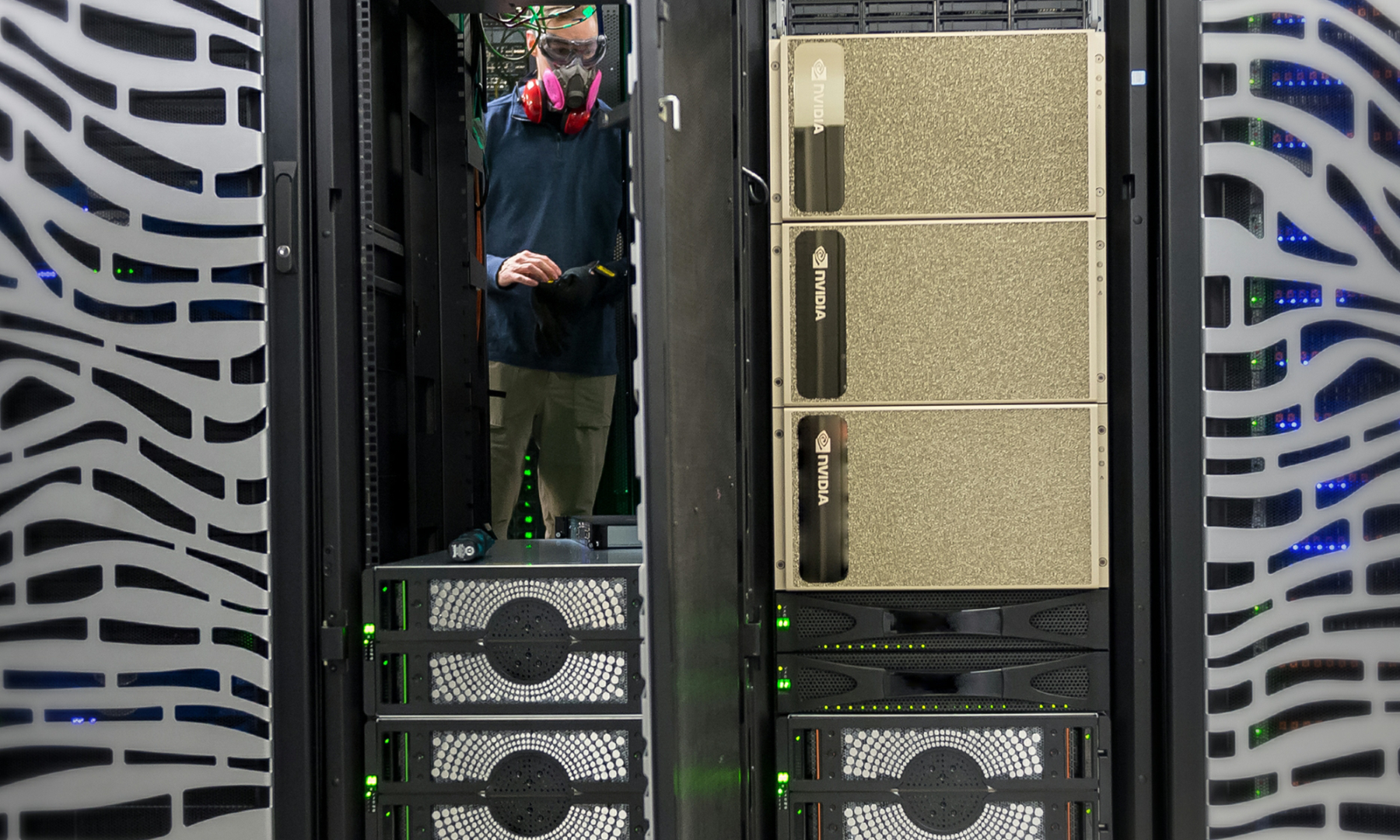For a period of nearly three years, NVIDIA (NVDA 1.44%) was a stock market darling, and it appeared the maker of graphics processing units (GPU) could do no wrong. The ongoing expansion of gaming, the cryptocurrency boom, and the rapid adoption of artificial intelligence (AI) drove enormous revenue gains that sent the stock soaring. In the three years leading up to September 2018, shares grew by more than 11-fold -- before NVIDIA's fortunes turned. Demand slowed from each of these growth drivers, sending investors running for cover and causing the stock to plunge more than 50%.
Things have begun to turn around recently, and with two quarters of sequential growth under its belt, it appears the worst may be over for NVIDIA. The company is scheduled to report the results of its fiscal 2020 third quarter after the market close on Thursday, Nov. 14. Let's look at three areas investors will be watching closely when the company reports earnings.

NVIDIA GeForce RTX 2080 Ti. Image source: NVIDIA.https://nvidianews.nvidia.com/multimedia?keywords=GeForce+RTX+2080&s=-date&c=&search_type=and
1. The return of year-over-year revenue growth?
NVIDIA has been in a growth slump for more than a year, but in the two most recent quarters the news hasn't been all bad, as it's produced sequential revenue gains. For the fiscal 2020 second quarter (which ended July 28, 2019), NVIDIA reported revenue of $2.58 billion, down 17% year over year but easily surpassing both analysts' consensus estimates and management's guidance of $2.54 billion and $2.55 billion, respectively. Revenue was also up almost 25% compared to the first quarter.
For the third quarter, NVIDIA is forecasting revenue of about $2.9 billion at the midpoint of its guidance. That won't be nearly enough to return the company to revenue growth, as NVIDIA generated revenue of $3.18 billion in the prior-year quarter. If the company can at least achieve its guidance, it could be a sign that the worst is over.
2. A rebound in data center spending
One of the principal drivers of NVIDIA's meteoric rise over several years was the widespread adoption of the company's GPUs to power data center operations, including AI and cloud computing. This resulted in seven consecutive quarters of triple-digit year-over-year growth in NVIDIA's data center segment before it began to slow. Over the past two quarters the bottom dropped out, resulting in year-over-year sales declines of 10% and 14%, respectively.
The segment faced tough comps, and NVIDIA had warned of the "near term pause in demand from hyper-scale customers," so it wasn't entirely unexpected. Still, the severity of the decline was something of a surprise. Investors will be watching closely for a return to growth in one of NVIDIA's most promising segments.
3. Strength from its gaming workhorse
GPUs used in gaming provide the bulk of NVIDIA's sales, and even that business took a hit -- generating year-over-year sales declines for the past three successive quarters -- after years of mid- to high-double-digit growth.
The culprit was the bursting of the cryptocurrency bubble, which sent demand for the GPUs used for "mining" the digital currency plummeting while also leaving huge stocks of inventory in NVIDIA's sales channels. This situation has taken several quarters to clear up -- resulting in a 24% decline in inventory over the past six months.
Continued sequential growth or a return to year-over year growth for its gaming segment -- which provides more than half of NVIDIA's revenue -- will be a sure sign the company is well on the road to recovery.






